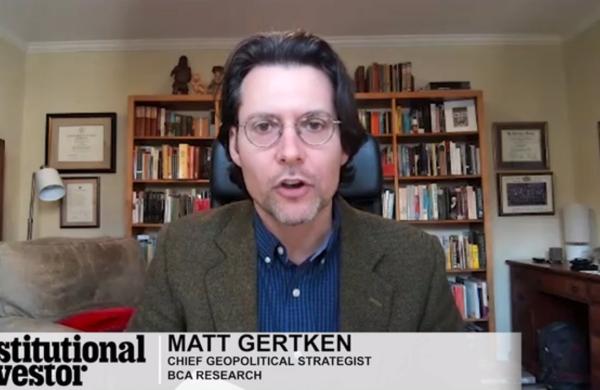It has been an unquestioned pillar of Hong Kong’s economic policy for the past 24 years to peg its currency to the U.S. dollar. The fixed exchange rate of HK$7.80 to the greenback has been an anchor of stability through the 1987 stock market crash, the 1997–’98 Asian financial crisis and numerous ups and downs of the economic cycle. But as the U.S. currency hits historical lows and China’s yuan strengthens, investors are increasingly speculating that Hong Kong will have to abandon its peg.
Joseph Yam, chief executive of the Hong Kong Monetary Authority, surprised many market participants last month when he issued a statement in an attempt to quiet the speculation. He acknowledged that the dollar’s weakness “contributes to domestic inflation to a greater degree in Hong Kong . . . than in the less externally oriented economies.” Although he didn’t specifically defend the peg, he said it wasn’t the only factor fueling inflation.
Yam’s verbal intervention follows on the heels of the HKMA’s action last fall, when it spent $1.2 billion to keep the Hong Kong dollar in its fixed range of 7.75 to 7.85 to the U.S. dollar. That was the biggest injection of funds since 2004, when officials spent $5 billion defending the peg, and just a fraction of the $16.75 billion the authority spent in 1997–’98 to fend off speculation about a devaluation during the Asian financial crisis.
Hedge funds and other international investors have been placing bets on a policy shift by buying forward currency contracts, says Michael Buchanan, Hong Kong–based chief economist for Goldman Sachs (Asia). The reasons are plain to see. Because of the peg, Hong Kong’s currency depreciated by 8.2 percent on a trade-weighted basis over the 12 months ended March 31, according to HKMA data. The decline has pushed up the enclave’s bill for imports, driving the inflation rate to a ten-year high of 6.3 percent in February before it eased back to 4.2 percent in March. Although that rate trails China’s 8.3 percent, it is a stark change for an economy that has known relative price stability and even experienced deflation from 1997 to 2004. And because of the peg, the HKMA can’t raise interest rates, as the People’s Bank of China has done recently, but must mirror the low interest rate policies of the U.S. Federal Reserve Board. Three-month Hong Kong interbank rates stood at 2.41 percent late last month, below the comparable U.S. dollar rate of 2.92 percent and China’s 4.49 percent.
In theory, Hong Kong authorities could adopt a new currency policy on their own. In practice, few think they would dare move without a green light from Beijing. Many analysts believe that Chinese policymakers, busy contending with rising inflation and the growing competitiveness problem caused by a stronger yuan, don’t want to risk wider turmoil by having Hong Kong abandon the peg.
“It isn’t time for Hong Kong to have renminbi as a currency or to make a drastic change,” says Guan Anping, a Beijing lawyer and former aide to retired vice premier Wu Yi who advises the government on trade policies. “In five to ten years, perhaps. China has many political and economic uncertainties at this moment. It isn’t time to make drastic changes in Hong Kong.”
Still, the peg is squeezing many Hong Kong companies that operate factories in China. Most sell their goods abroad in U.S. dollars but pay expenses in yuan, a currency that has appreciated by 18 percent against the dollar since 2005. Up to 10 percent of the 70,000 Hong Kong–owned export-based manufacturers in Guangdong province, just north of the city, may shut down this year because of currency pressures, according to the Federation of Hong Kong Industries.
Sean Darby, Hong Kong–based head of regional strategy at Nomura Securities Co., believes a further 10 percent rise in the yuan, combined with a loosening of Chinese restrictions on its use internationally, could prompt the Hong Kong authorities to peg the country’s dollar to a basket of currencies, just as Singapore does. Inflation pressures led Kuwait to make a similar shift last year.
“The advantages of having the peg have in some respects been marginalized,” says Darby. “The euro is now more available. The Chinese currency is becoming more available. We’re at a turning point in the history of the Hong Kong dollar peg.”





